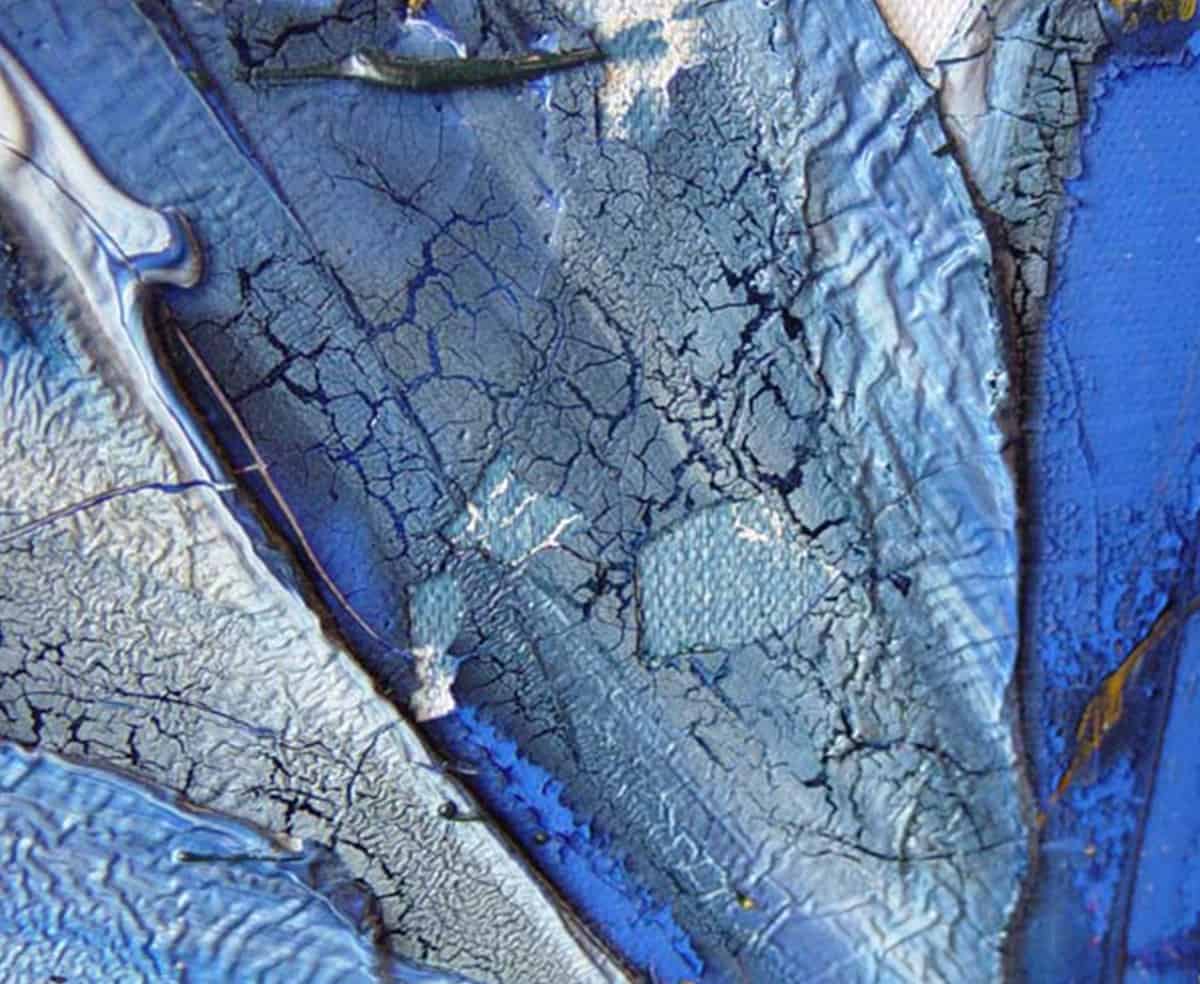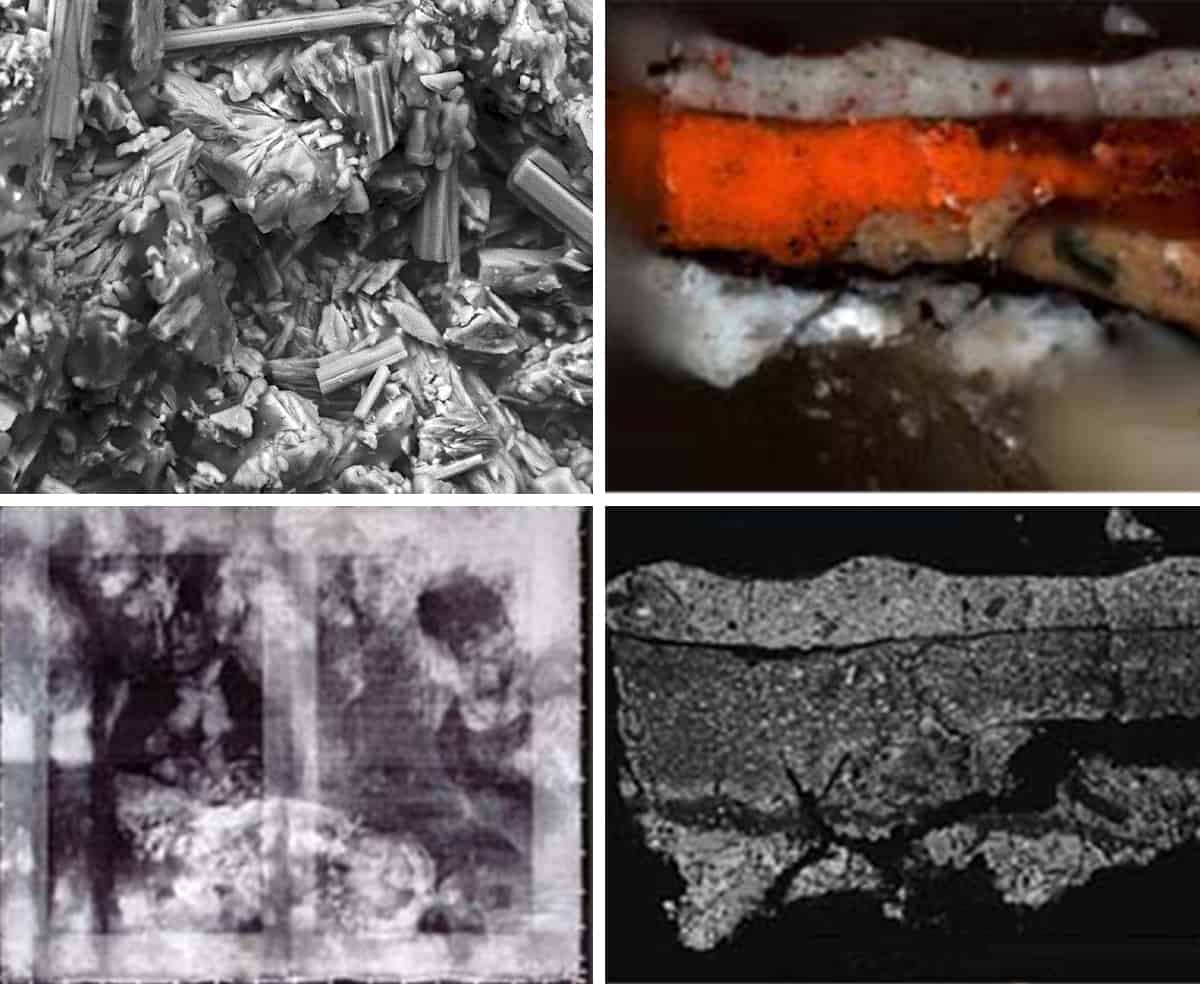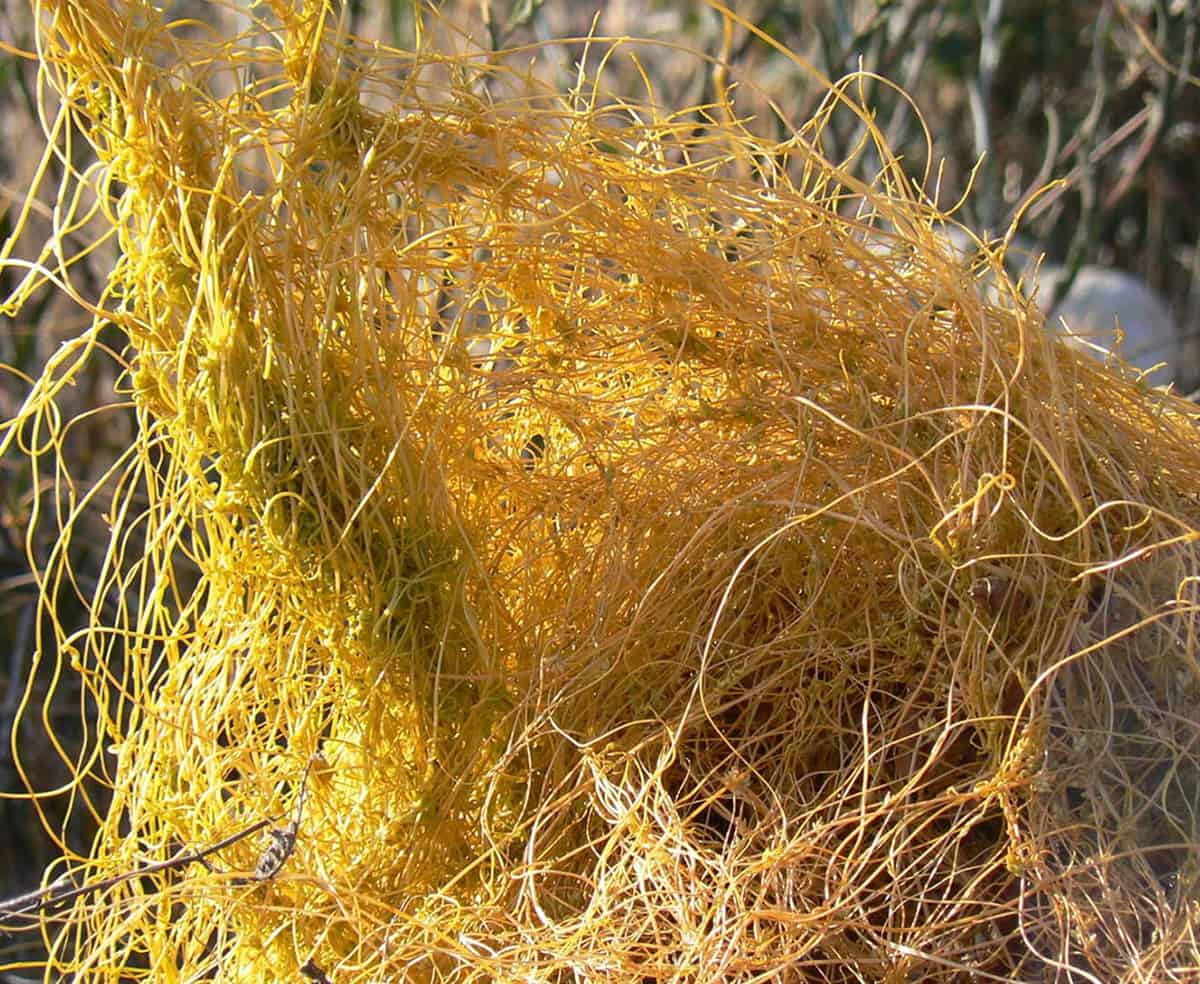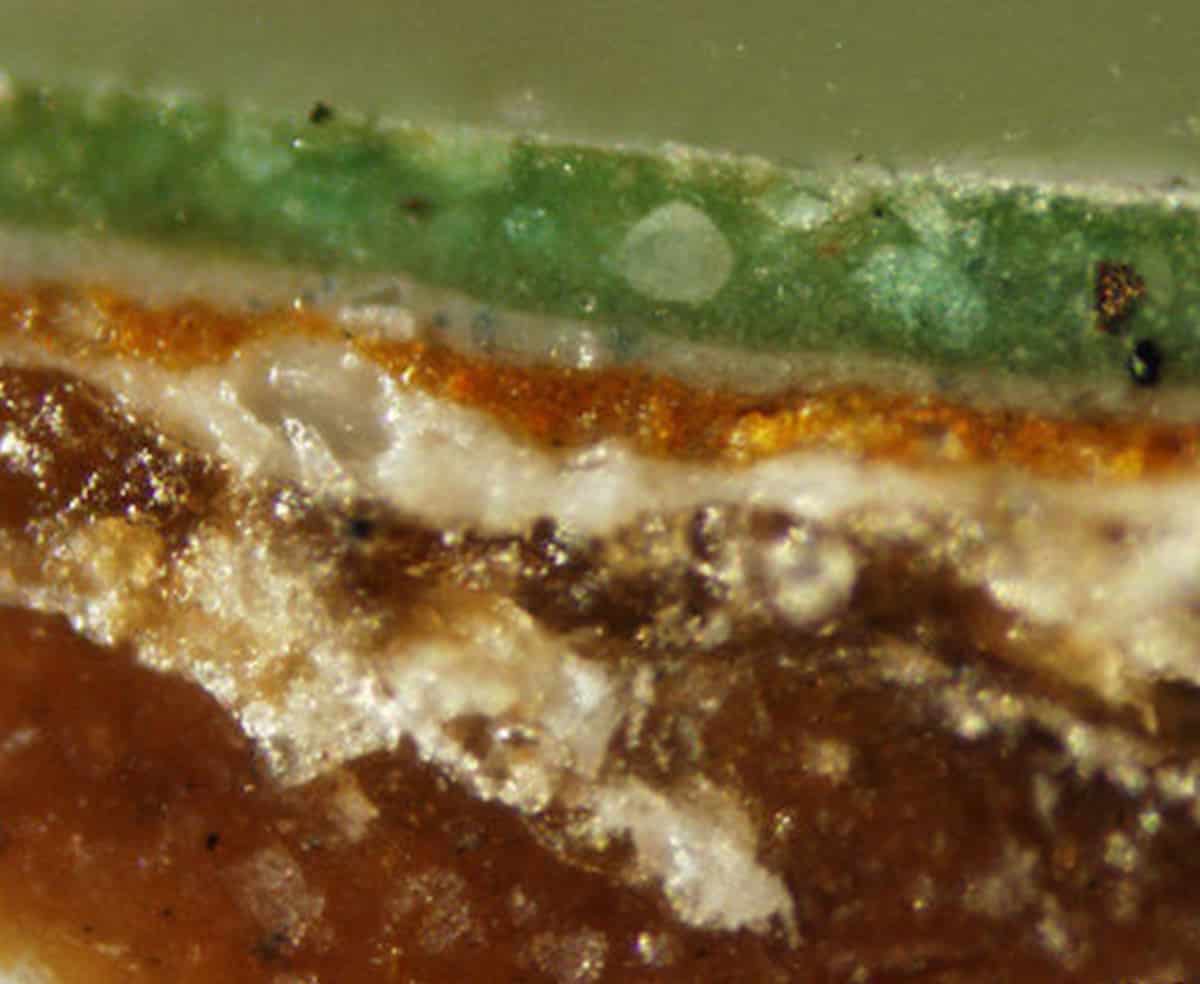Services
Peter Paul Biro – Fine Art Conservation, Restoration and Forensic Studies in Art,
Québec, Canada
Services
Overview
Each work of art presents unique questions. Through the application of the appropriate methodologies, we can implement a broad range of examinations and non-invasive testing to understand the painting’s conservation history and present physical condition.
Determining what is actually part of the original structure of the painting and not a result of later interventions by other hands is crucial during the search for answers about authenticity and conservation issues. We use a wide range of analytical techniques from hyper-spectral high resolution digital imaging to in-situ Raman spectroscopy (see list of equipment below).
Our examinations may reveal substances that were not available to artists at the alleged date of the creation of the object. They can shed light on the artist’s techniques and choice of materials which can be evidence of authorship, or help in the discovery of misattributions and forgery. Such data forms the foundation of proper research and the due diligence studies that are so vital in today’s international art market.
Our emphasis is always on non-invasive methods whenever possible. Physical removal of any material (sampling by chipping or scraping) from the artwork, no matter how small the sample, is something we believe is a method that is becoming a thing of the past. We only perform it as appropriate.
Exhaustive materials analyses are a crucial component of due diligence. Some of our work is preformed in collaboration with scholars, experts, and technicians across many disciplines.
A partial list of noted experts, directors, and curators includes:
- Martin Kemp, Emeritus Professor of the History of Art, Oxford University
- Donald Anderson, Director, British Museum
- Nicholas Penny, National Gallery, Washington
- Hugo Chapman, British Museum
- Catherine Whistler, Ashmolean Museum
- Elena Parma, Universita’ di Genova
- Marco Chiarini, Director, Galleria Palatina, Florence
- Enrico Guidi, Restorer, Musei Vaticani
- Luca Leoncini, Director, Galleria Reale, Genoa
- Massimo Miglio and Silvia Maddalo, Univerista della Tuscia
- Laura Stagno, Palazzo Doria del Principe, Genoa
- Prince Jonathan Doria, Rome
- Warren Sanderson, Concordia University, Montreal
- Bernice Davidson, Curator, Frick Collection
- George Goldner, Curator, Metropolitan Museum
- Keith Christiansen, Curator, Metropolitan Museum
- David Jaffe, J. Paul Getty Museum
- Nicholas Turner, Curator, J. Paul Getty Museum
- John Shearman, deceased, former Professor, Harvard University
- Paola Bracco, Restorer, Opificio delle pietre dure, Florence
- Giovanni Casale, Accademia Ligustica di Belle Arti, Genoa
- Federico Zeri, late Art Historian, Mentana, Italy
Conservation Services
Conservation:
Art conservation is a science-based discipline that aims to preserve artwork, documents, artifacts and other cultural heritage. Preservation of the original is key. Improvements to its appearance are secondary. Art conservation may entail cleaning, repairing damage, re-shaping, reassembling as well as toning in repairs to blend with the original object. It may involve removing old restorations. Conservators are also trained in maintaining the best environment (light, humidity, pest-control, and security) for the preservation of art and artifacts.
For any project, we first examine the artwork and conduct research to gather as much information about the artwork itself, the style, techniques, and materials used. Then we assess the project scope and time-to-completion as well as the necessary methodologies, techniques, storage conditions, equipment, tools, and materials to be used. We usually examine the art at our laboratory in order to provide an accurate treatment protocol and an estimate. Upon the artwork owner’s approval, the artwork is placed in our modern and highly secure laboratory where the necessary conservation procedures will be performed.
Examination and documentation
As part of our work, we produce when needed detailed condition reports, treatment proposals and photographic
documentation for insurance, art loan or exhibition purposes.
All treatments are in accordance with the American Institute for Conservation’s (AIC) Code of Ethics and Guidelines for Practice





Scientific Analysis and Diagnostic Services
The role of scientific investigation in the attribution and authentication of art is now a necessary part of any rigorous assessment. While historical studies and connoisseurship provide useful investigatory frameworks for attribution, scientific methods provide means by which to interrogate the materials and techniques of the object enabling a comprehensive collection of data about the construction and history of a work.
As part of our scientific and diagnostic work, we provide:
- Advanced pigment and binding media analysis of historical paint
- Ultra-high resolution digital imaging in the visible, infrared, X-ray and with ultraviolet fluorescence
- Specialist interpretation of technical imaging
- Technical research studies for establishing attribution, condition and dating
Scientific Capabilities and Equipment:
Our laboratory is outfitted with some of the most advanced analytical equipment available. In-house scientific capabilities and equipment include:
Optical microscopy: transmitted light (TLM), reflected (RLM) and polarized light techniques (PLM) using a LOMO Zeiss Polam-P instrument equipped with a Nikon D90 14-megapixel camera.
Stereo microscopy: Leica S8APO with an 18-megapixel OMAX USB 3.0 camera.
Raman microscopy: AvaRaman 785TEC attached to a specially fitted Zeiss optical microscope. Software is by LabCognition using the Panorama Pro program version 3.1.
Electron microscopy: Hitachi TM3030 scanning electron microscope (SEM) using Hitachi proprietary software.
Elemental analysis: Bruker Quantax 70 x-ray detector installed in the Hitachi 3030 using Bruker proprietary software (EDX).
Fourier Transform Infrared Microscopy: Perkin Elmer Spectrum 2 and Spotlight 200i with ATR, transmission and reflectance modes and liquid nitrogen cooled detector (FTIR). The instrument uses databases for identification from both in-house collections as well as commercially available databases of good provenance. In total, close to 300,000 reference samples can be searched.
Photography: Nikon D810 36.3-megapixel camera using an assortment of high quality Nikon objectives.
Hyperspectral imaging: custom designed and built imaging platform capable of scanning a 6ft x 8ft object from 300 nanometers to 1100 nanometers using a chilled SBIG scientific camera. Scanning is performed through various optics specifically designed for the ultraviolet, visible and near-infrared regions of the spectrum. Scanner motion, camera/sensor activation and data capture are controlled by custom developed software NeutrinoIAC build 2.1.0.42 by CPCSoft Engineering and the author. Scanner motion controls were developed by http://www.drivesystemsgroup.ca/ and the author.
Digital image processing: Adobe Photoshop CS6 and ImagePro 6.3 by Media Cybernetics.
Scanning: Hyper-spectral scanning has become a vital tool that helps with so many aspects of forensic investigation. Much of our results come from spectral imaging.
Provenance research: The art historical context as well as provenance research are equally important in authentication studies. We routinely investigate and audit provenance data and assist clients to assure their claims are correct and verifiable. Such studies are an integral part of due diligence work and are vital in preparation for a sale or purchase.
Sampling: All sampling is performed in a clean-room environment with airborne particles to 0.3 microns to avoid possible contamination of samples.
Climate Control: Humidity is maintained between 40%-55% RH at 22 degrees Celsius or as required by the object.
Security: Works of art, along with samples and data are kept in a fire and waterproof vault in the laboratory equipped with 24/7 monitored detectors.
All examinations and tests are performed employing well established and widely accepted protocols.



